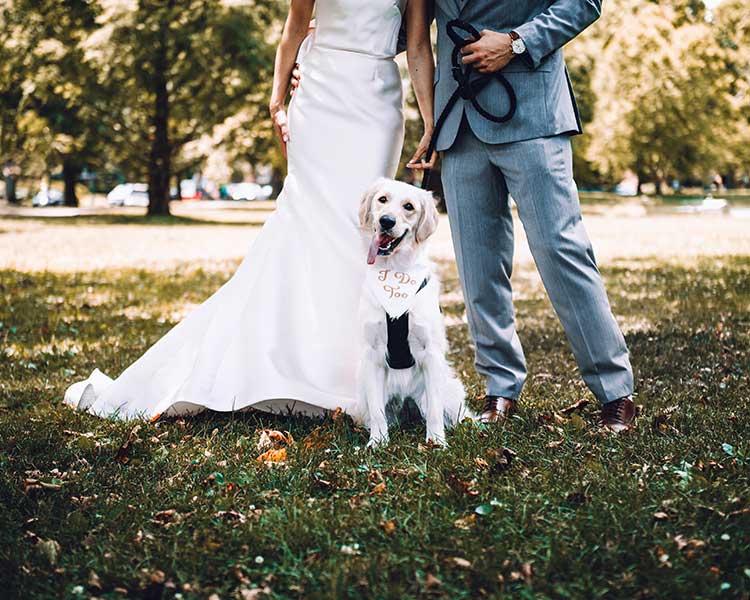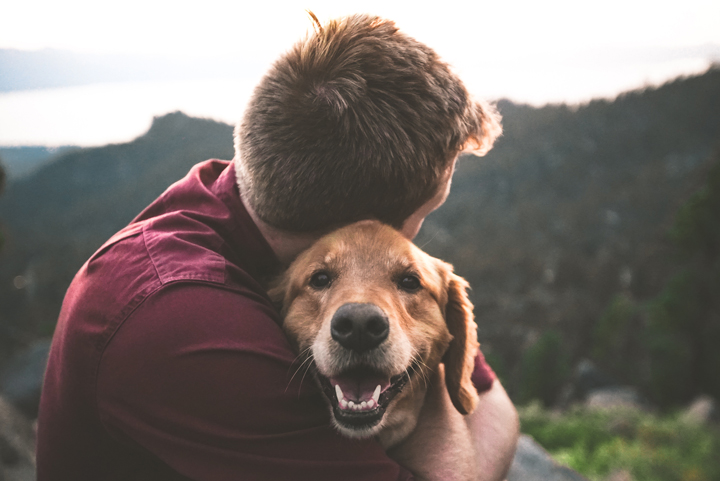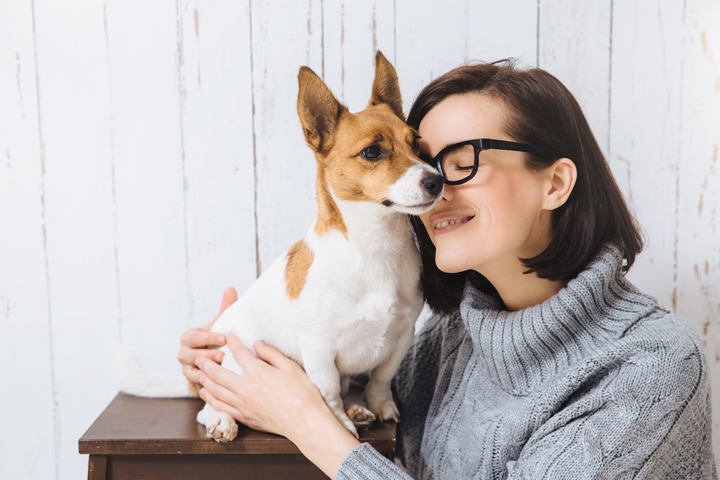How Therapy Dogs Help Those with Special Needs

Ask any dog owner how their dog helps and supports them emotionally and you’ll find yourself listening to story after story about how amazing their pets are. Animals of any kind can help turn a bad day around, but dogs are especially good at it. There’s just something about their eyes, their eagerness to comfort, and their steadfast loyalty that makes them so amazing. It’s also why they’re one of the best pets for helping those with special needs. These individuals often need this extra comfort and security that a dog offers, and the dogs know it. There are so many different ways a service and therapy dogs help those with special needs.
The Many Ways a Dog Can Help
Some people simply need a companion. Those who have autism, for example, may find that a dog provides them with the comfort and unconditional love that they need. Those who have a condition that causes them to have seizures may be afraid of being alone. A seizure response dog can help them know when a seizure is coming on or can fetch help if they need it. Other dogs help by guiding their visually-impaired owner across the street or alerting their hearing-impaired partner that someone is at the door.
There are many different things a trained service or therapy dog can do. Some dogs are simply trained to be kind and cuddly, while others are given specific tasks. These faithful canines can help with everything from anxiety, bipolar disorder, disability, diabetes, autism, and so much more.
Types of Trained Dogs
Most people break down these trained dogs into three different groups: companion dogs, therapy dogs, and service dogs. The term therapy dog or service dog can describe any dog that helps its owner, regardless of which of the three categories the animal actually belongs to. Each category, though, requires certain types of training and isn’t for every type of dog.
Companion Dogs
A companion dog requires the least amount of specialized training. These dogs are basically highly-sensitive pets that help those who have anxiety or depression. Many parents with autistic children get them companion dogs. These dogs provide that acceptance and love their children crave but aren’t always able to ask for. Companion dogs won’t judge their children—they simply love them without any reservation.
Some family pets become companion dogs over time. Others work with experts first. Either way, any dog can be a companion dog if they’re kind, non-aggressive, and attentive. While some breeds are more likely to display these traits than others, any dog can provide unconditional love.
Therapy Dogs
Therapy dogs are similar to companion dogs in many ways. Generally, though, they’ve received training to help with specific conditions. For example, a therapy dog may be trained to recognize an anxiety attack and provide its owner with comfort when one occurs. Others may understand when someone is having a panic attack and get help if needed. Some therapy dogs are even trained to be gentle with the elderly or very young, fragile children. They visit nursing homes, children’s hospital wards, and hospice care centers.
Therapy dogs are generally tested for temperament and obedience training. Many are also registered with certain organizations. They then usually receive specialized training so that they excel in certain areas. In some cases, family pets can become therapy dogs, although they usually need a little more training.
Service Dogs
Service dogs are different from companion dogs and therapy dogs in that they go through much more training. They generally help those who have physical disabilities of some kind. Examples include seeing eye dogs, hearing dogs, those trained to detect medical conditions, and those who help their companions who are unable to walk. These service dogs go through rigorous training before being paired up with someone in need.
Service dogs are registered, and they’re the only type of the three levels of companion dogs that are always allowed in public spaces. While some restaurants and grocery stores may not allow companion dogs or therapy dogs, they are legally required to let people bring service dogs into their establishment.
These dogs do more than just provide comfort—they can save lives. Most people have seen guide dogs help those who are blind or deaf get through a crowd without bumping into people. But service dogs can do much more. Some help those who suffer from post-traumatic stress disorder get to a place of safety when they become triggered. Others smell when a diabetic’s blood sugar levels get too low and alert their owner that something is wrong. For those diagnosed with Type 1.5 or brittle diabetes, this can save their lives because they often don’t realize their blood sugar is dangerously low.
Jason and Bella: Love at First Sight
You don’t have to look too far to find a story of a service dog helping someone in need. Autumn Smith had certainly read and heard a number of stories about these amazing animals, but she never expected that she would have one herself. Then her son Jason was born. Jason was diagnosed with being on the autistic scale when he was a little more than 4 years old. While he had always been apprehensive around strangers and people he didn’t know well, he became much more withdrawn when he started school.
“He didn’t have any friends,” Autumn said. “He didn’t want to do anything with the other kids in his class. When he did, some of the kids called him names or told him he was weird.” It wasn’t long before Jason didn’t want to go to school, even though he loved learning.
That’s when his therapist suggested a companion dog. Autumn began looking for the perfect animal to join their family. She learned about a nearby trainer from a Facebook group for parents of autistic children, and she contacted the woman. It only took one visit for Autumn to fall in love with the litter of puppies being trained, but she wasn’t so sure how Jason would respond.
“He had never had a dog before, and I didn’t know if he would like one,” Autumn said. “He hadn’t really shown interest in pets before.” Still, they took a chance. Several months later, after the puppies had finished their training, Autumn brought Bella home for the weekend.
She didn’t have anything to worry about. Jason and Bella instantly became best friends, and the family had a new addition.
“It melted my heart to see the two of them,” Autumn said. “It was like Jason was a completely different kid. He was all smiles, and he wanted Bella right beside him all the time.”
Today, while Bella doesn’t go to school with Jason, her presence has had a huge impact on his life. Autumn said he’s more outgoing and he has made several friends at school.
“Bella brought him out of his shell in a way I don’t think any person could ever have done,” said Autumn. “It’s amazing how much he’s changed in the last year.” Autumn added that anyone who is thinking about a companion dog or therapy dog should go for it. These caring, loving animals can truly change lives.










I having run disability I need help with my dog hunter can you help me I’m on SSI